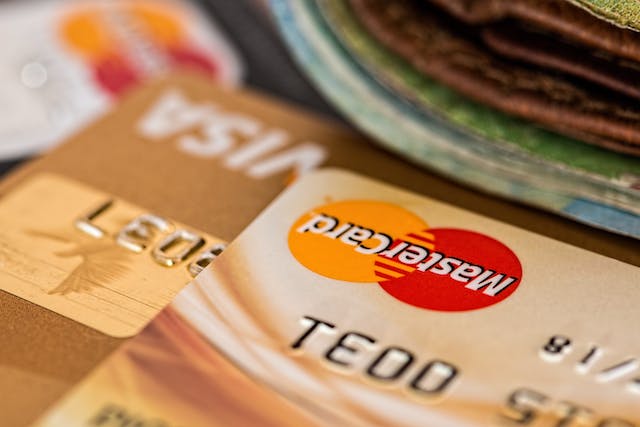The current financial climate, with persistent inflation, can make the idea of saving for a rainy day fund seem like an uphill battle. Inflation isn’t showing signs of easing, as recent reports suggest a rise in the cost of many goods and services.
Still, there are simple steps to bolster an emergency fund. Here are a few to consider:
- Work out your monthly spend
Chart out your living costs with a spreadsheet, advises Lori Gross, a financial planner. This will make it easier to spot savings opportunities for emergencies, retirement, and more. The suggested savings buffer varies, but it often ranges from three to twelve months of your expenses.
- Make saving a part of your routine
Put your savings on cruise control. Sam Waltman, a financial expert, advises including a set savings amount in your budget to ensure you contribute regularly to your emergency stash.

